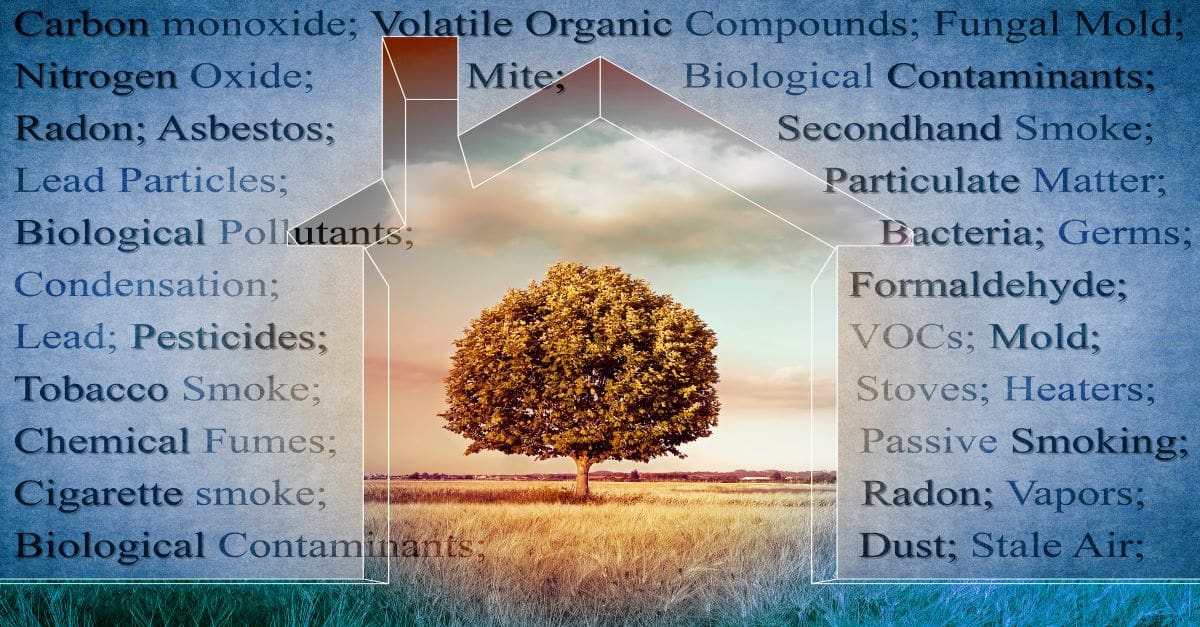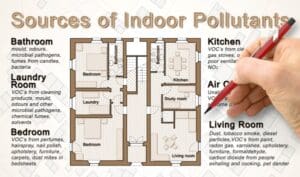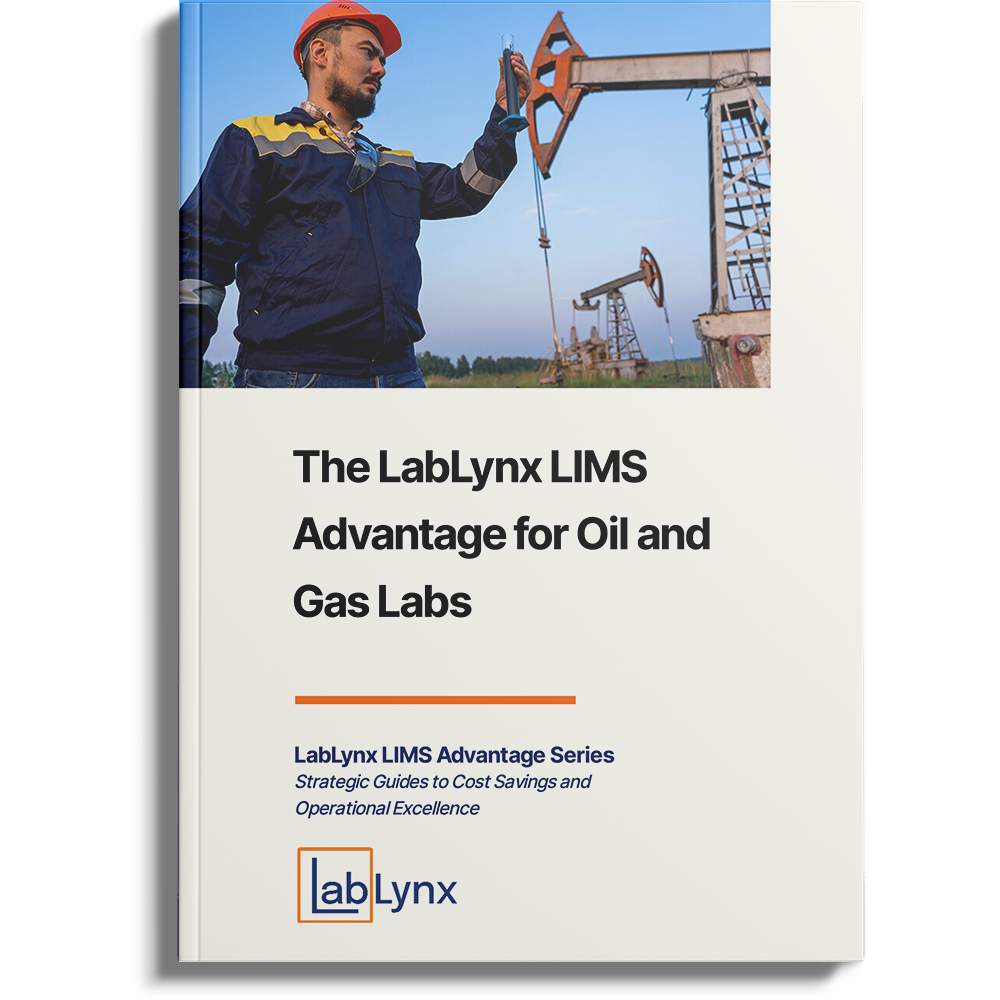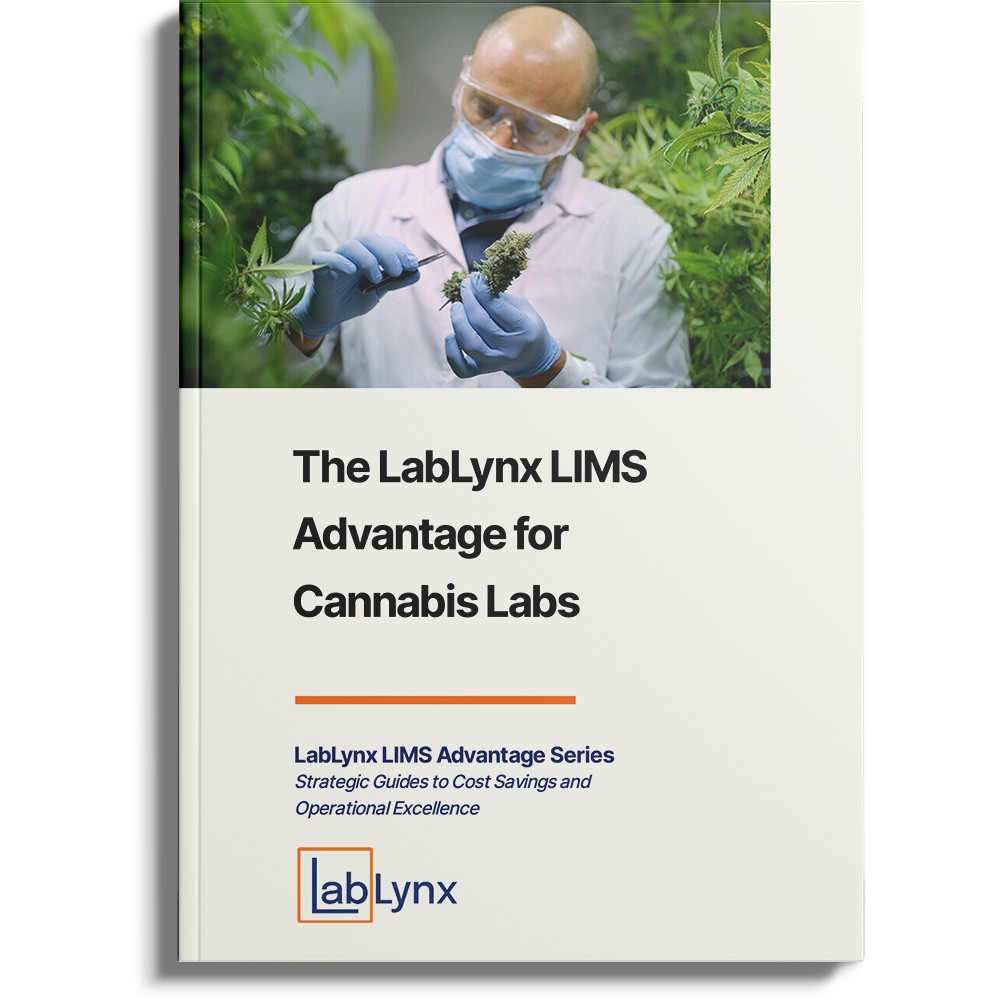
This content has been archived. It may no longer be relevant
While the Environmental Protection Agency (EPA) regulates outdoor air quality by limiting pollutants from sources like chemical plants, utility companies, and manufacturers, the EPA does not regulate indoor air. Some of the most dangerous contaminants and health hazards may be currently polluting your own home due to certain household products you use every day, the materials used to build your home, and even the appliances you use to cook your family’s dinner.
Volatile organic compounds
Volatile organic compounds (VOCs) are emitted as gases from certain solids or liquids and are found in many products we use to maintain our homes and personal appearance. Concentrations of many VOCs are up to 10 times higher indoors than outdoors.1
The following is just a small list of products that are the source of VOCs, releasing the organic compounds not only while you use them, but in some cases, even when not in use:
- Paint, varnish, wax, and other solvents;
- Household cleaning products;
- Cosmetics;
- Carpet and vinyl flooring;
- Arts and crafts materials;
- Aerosol sprays, such as hair sprays and air fresheners;
- Composite wood products that include preservatives;
- Dry-cleaned clothing; and
- Printers and photocopiers.
The level and amount of time exposed to VOCs can intensify the negative health effects. You may experience eye, nose, or throat irritation, as well as headaches and nausea. However, some organic compounds can cause liver, kidney, or central nervous system damage, and some are known to cause cancer.1
Molds
You may not even realize it, but mold spores may be traveling through the air in your home right now. Molds can be found anywhere, but flooding, pipe leaks, leaky roofs, moisture in walls, high indoor humidity, condensation, or a poor heating/air-conditioning system can create an environment conducive for mold growth. Mold can grow on virtually any substance where moisture is present.
The American College of Occupational and Environmental Medicine (ACOEM) estimates that about 10 percent of people have a mold allergy, with five percent showing symptoms.2 However, you don’t have to be allergic to suffer from symptoms like respiratory problems, nasal and sinus congestion, watery eyes, sore throat, coughing, and skin irritations. For those most sensitive, mold can trigger asthma attacks and in rare cases, reactions can be fatal.
Asbestos
Asbestos is a naturally occurring fibrous mineral with both strength and heat resistance. Until the 1980s, asbestos was used in manufacturing a wide range of building materials, including insulation, roofing, siding, shingles, floor tiles, acoustic ceiling tiles, wallboard, and textured paints. There has been a significant decline in the use of asbestos in the last few decades, but nearly 49 percent of all homes in the US as of October 2021 were built more than 30 years ago3, making them prime targets for the potential of asbestos.
If asbestos-containing materials are in good condition and not disturbed, they pose no immediate danger. However, if the products become old and brittle or are damaged, perhaps through a home renovation, asbestos fibers can be released into the air. When inhaled, those fibers could settle into your lungs, increasing the risk of developing lung cancer and mesothelioma, if exposed for a prolonged period of time.
Gas stoves and other gas appliances
While the recent media attention regarding the hazardous emissions of gas stoves may lead you to believe this is a new issue, the Consumer Product Safety Commission (CPSC) and the EPA have been investigating the effects of gas appliances since 1983, when hearings were held in Congress regarding indoor air quality.4 A few recent studies (and some poorly-worded interviews) have just brought the issue to the forefront again.
Scientists investigating the levels of methane and nitrous oxides from natural gas stoves, cooktops, and ovens in residential homes released their study in January 2022, which found that gas stoves in over 40 million US homes release methane through post-meter leaks and incomplete combustion. As quoted in the abstract of the study, “using a 20-year timeframe for methane, annual methane emissions from all gas stoves in U.S. homes have a climate impact comparable to the annual carbon dioxide emissions of 500,000 cars.”5
In June of 2022, the American Chemical Society (ACS), a nonprofit organization chartered by the US Congress, released a video called “Your Gas Stove is Polluting Your Home,” which presented data that homes with gas stoves can produce 50-400 percent higher levels of nitrogen dioxide than homes with electric stoves.6 Nitrogen dioxide is one of six air pollutants that have national air quality standards to limit them in outdoor air, but could be causing coughing, wheezing, reduced lung function, and increased asthma attacks due to your home’s unhealthy air quality.
Published in the International Journal of Environmental Research and Public Health in December 2022, a study of the relationship between gas stoves and childhood asthma in the US found that 12.7 percent of current childhood asthma can be attributed to gas stove use.7 This percentage is similar to childhood asthma attributed to secondhand smoke.
The same or similar issues with gas stoves can be caused by other natural gas home appliances, such as furnaces and water heaters. As a result of these and other studies, Washington State has established rules mandating the use of electric heat in new construction, and New York City will phase out the use of natural gas in new construction this year as well.8 Other states and municipalities may follow with new regulations of their own.
Protecting your home with indoor air quality testing
There are many environmental laboratories offering analytical testing services for indoor air quality, asbestos, mold, radon, lead paints, and more. Using specialized tests, you can know all the indoor environmental hazards in your home that could be harmful to your health. There are also professional testing kits you can use yourself and return the samples to an accredited lab that will analyze the data and provide you with a report detailing the levels of air pollutants in your home.
LabLynx’s ELab LIMS supports environmental labs
LabLynx offers the ELab LIMS software solution for environmental laboratories, pre-populated with commonly used EPA; American Society of Heating, Refrigerating and Air-Conditioning Engineers (ASHRAE); and other air quality testing methods. However, the ELab LIMS remains customizable and configurable to match each lab’s workflows. ELab LIMS delivers a flexible informatics platform that meets the needs of environmental labs, from planning the sample collection process to automating laboratory tasks. The LabLynx ELab LIMS becomes the central hub for testing data, instrument integration and management, and report creation. To review a list of features and benefits and to see all our environmental LIMS solutions, visit www.lablynx.com.
References
1 https://www.epa.gov/indoor-air-quality-iaq/volatile-organic-compounds-impact-indoor-air-quality
2 https://allergyasthmanetwork.org/allergies/mold-allergy/
3 https://www.statista.com/statistics/1042458/home-age-usa/
4 https://www.vox.com/policy-and-politics/23550747/gas-stove-health-concerns-new-history
5 https://pubs.acs.org/doi/10.1021/acs.est.1c04707
6 https://www.acs.org/pressroom/newsreleases/2022/june/how-gas-stoves-pollute-your-home-video.html
7 https://www.mdpi.com/1660-4601/20/1/75
8 https://www.sciencefriday.com/segments/gas-stoves-debate/





